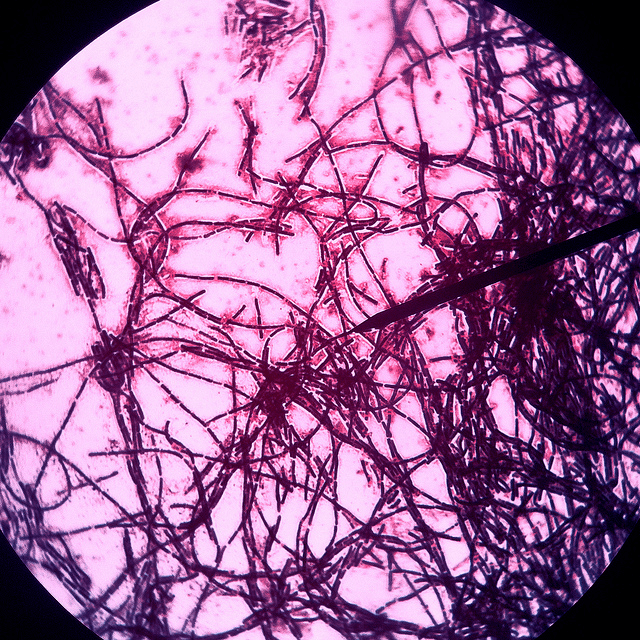The goal of medicine is to ensure that diseases can be diagnosed and treated both effectively and efficiently. The human body offers many parameters (i.e. body temperature, blood pressure, etc.) that physicians can use to determine the onset or presence of illness. However, researchers have also been working towards developing new ways to accurately and quickly detect changes in the body that are indicative of disease. In recent years, the focus has shifted towards nanotechnology and the development of nanosensors.
Nanosensors are chemical or mechanical sensors that detect the presence of certain substances or measure physical characteristics on a nanoscale. They have become a means of detecting disease earlier, thereby increasing the chances of successful treatment and recovery.
In 2012, scientists developed a type of magnetic nanosensor technology aimed to detect bacterial pathogens. An especially challenging target for doctors and researchers is the type of bacteria that resides within a cell, particularly white blood cells. These intracellular bacteria are not detected by the body’s immune system or by normal tissue cultures used to determine disease. However, hybridizing magnetic nanosensors (hMRS) have been developed to successfully detect the presence of a specific type of intracellular mycobacterium (MAP). The hMRS binds to DNA sequences on the MAP pathogen, causing a change in magnetic resonance, a type of magnetic signal that can be registered via computer.
Image Source: Andrew Brookes
Another type of nanosensor is made from graphene, a thin sheet of carbon atoms. Graphene nanoelectronic heterodyne sensors are wearable sensors that continuously monitor the condition of patients with diabetes, lung disease, anemia, and high blood pressure. The nanosensor detects abnormal levels of airborne chemicals such as nitric oxide and oxygen, which indicate the presence of said diseases.
Image Source: Laguna Design
The invention of different varieties of nanosensors has brought up concerns regarding safety. Some are worried that the materials used to construct such technology can be toxic to the human body. However, experiments with animal models are being conducted to reduce these concerns. We hope that as scientists tinker with this innovative technology, nanosensors will one day provide us with a more efficient and effective method of detecting disease.
Feature Image Source: Bacillus Subtillis by felixtsao










